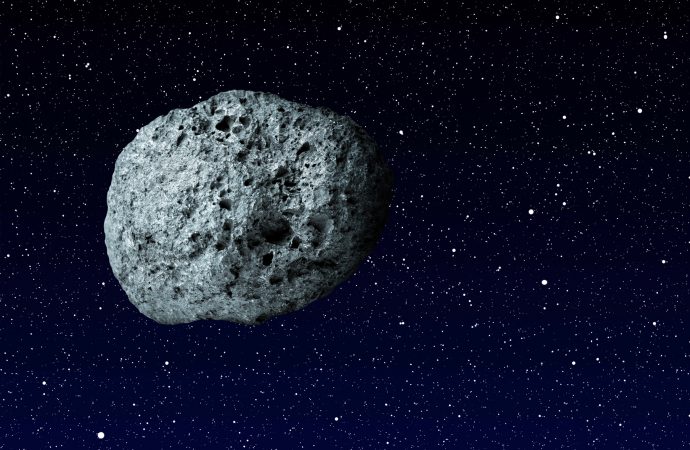A huge asteroid will sail past the Earth on Friday—one of six close approaches set to take place this week, according to NASA.
Source: Newsweek
Based on its brightness, the large space rock—known as 216258 (2006 WH1)—is estimated to measure between 240 and 540 meters (787 and 1,771 feet) in diameter, data from NASA’s Center for Near Earth Object Studies (CNEOS) shows.
At its closest approach, the asteroid will come within 0.03904 astronomical units, or around 3.6 million miles, of Earth at 3:17 UTC (10:17 EST) on December 20.
This may seem far in human terms, but it is relatively “close” in astronomical terms, CNEOS director Paul Chodas told Newsweek. To put that distance into context, WH1 will be about 15 times as far away as our moon.
The space rock will sail safely past the Earth at around 26,000 miles per hour—roughly 30 times faster than the speed of sound.
The object was discovered by the Sagra Sky Survey—which operates from a telescope in Southern Spain—on Nov. 18, 2006.
While we understand little about its physical properties, the orbit of the asteroid is very well known. According to the CNEOS impact prediction system, known as “Sentry,” there is no chance that the asteroid could impact the Earth over the course of the next century in its orbit around the sun.
Nevertheless, WH1 is categorized as “potentially hazardous” because it may cross Earth’s orbit at some point in the next few centuries or millennia. As a result, Chodas said that it is “prudent” to keep tracking this asteroid for decades to come to see how its orbit might evolve.
“Close approaches by asteroids of this size (a few hundred meters) at these quite large distances (15 to 20 lunar distances) are not unusual at all: they happen roughly once a month or so, on average,” Chodas said.
WH1 is one of six asteroids that will zoom safely past Earth this week. Three of these are relatively small, with estimated maximum diameters ranging from 128 to 256 feet.

However one of them—known as (2019 XQ3)—is of similar size to WH1, measuring an estimated 200-440 meters (656-1,443 feet) in diameter. This space rock will make its closest approach on December 19, traveling at a staggering speed of around 63,000 miles per hour.
Another—(2019 XO3)—is notable because it will come particularly close to our planet. On December 18, the space rock—which measures up to 130 feet in diameter—will make its closest approach, coming within around 770,600 miles of the Earth.
All of the aforementioned space rocks are known as near-Earth objects (NEOs)—any comet or asteroid whose path around the sun takes it within 121 million miles of the star and 30 million miles of our own planet’s orbit.
Currently, we know about roughly 25,000 NEOs larger than 460 feet in diameter, with Chodas noting that we have only discovered about 35 percent of the total figure.
Source: Newsweek

































Leave a Comment
You must be logged in to post a comment.